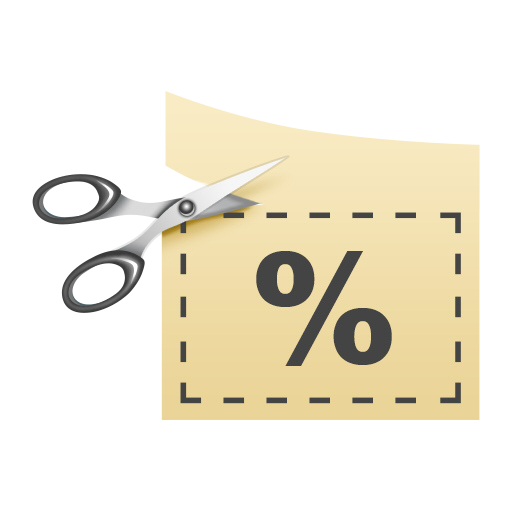
It depends on what you sell. A grocery store should “close” every potential milk sale. A car sales person can expect to close a lower percentage of deals of the total number of prospects. Certainly not everyone who walks onto a car lot is looking for a car. Some people like to look at cars.
But let’s look at other businesses. Let’s consider that you offer a service or product that has to be quoted. That means it’s not an off-the-shelf, price-is-marked type of sale. The potential buyer inquires and the seller provides a price with the reasons why their product or service is worth the money.
Of these types of transactions, what should the closing rate be? [By the way, you should be tracking your closing rate. The closing rate is the number of sales divided by the number of quotes issued. If, for example, you quote 100 deals and 75 prospects buy, 75/100 = .75 or 75%.]
Well, what should that rate be?
If you are in a very competitive field, that rate SHOULD BE around 20%-35%. If you are in a non-competitive market, it SHOULD BE around 50% – 65%.
And, if the competition is fierce and you have a closing rate of 40%, isn’t that great? No!
Here’s why.
In a market with very little competition, your business has an opportunity to make very high margins and deliver incredible service. A closing rate of 70% or more means you are not charging enough. You can charge more and greatly improve quality. Once you begin that cycle, it becomes very difficult for competitors to take market share from you. Why? You can afford to deliver an incredible experience to your customers.
Apple is an example of this. Because the Apple OS is not like all the rest, they are can be considered to be in a low competition market even though lots of competitors make phones and laptops. An I-Phone commands $600. The other guys get $99. Can’t afford $600 for the new Apple phone? Apple doesn’t care. They are making bank with high margins. Apple doesn’t want more market share. (Well, they do. Remember what I said about starting that cycle? Apple started a quality cycle that gives them a huge market share in spite of being at the far end of the price spectrum.)
I have seen many companies go out of business in spite of having great sales. They had lousy margins.
Takeaway?
If your closing rate is very high, your margins are too low. Remember the Apple example. Apple enjoys, and I do mean enjoys, a 50% market share on huge margins. Cut the new I-Phone to $99 and they could have a much bigger market share. They would also make less money and kill the prestige of their product line.
Chris Reich, TeachU.com
FW:103 (Studying again)
